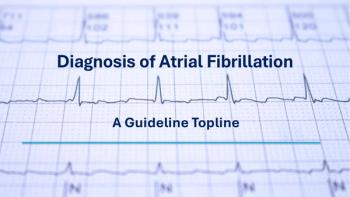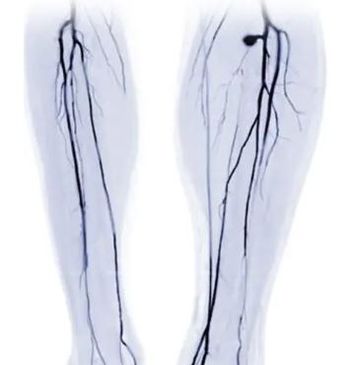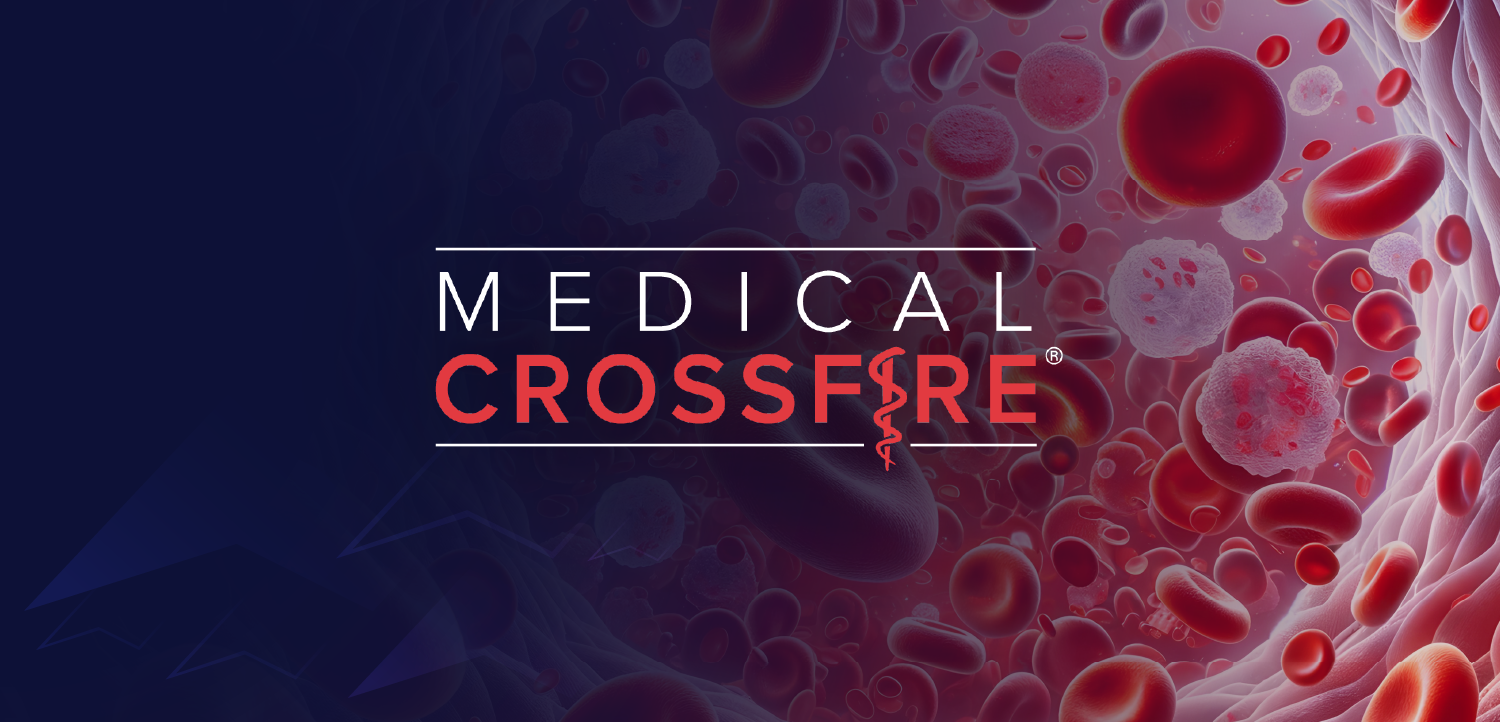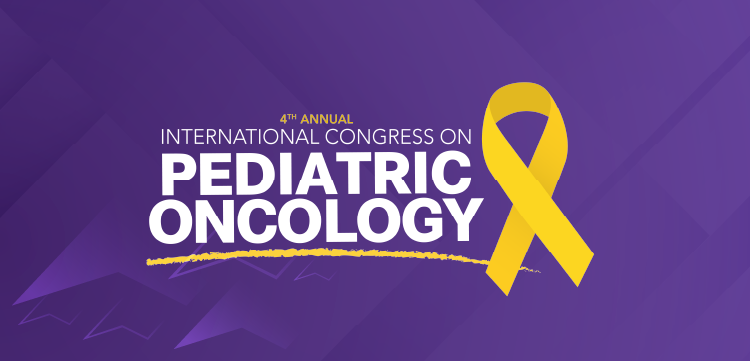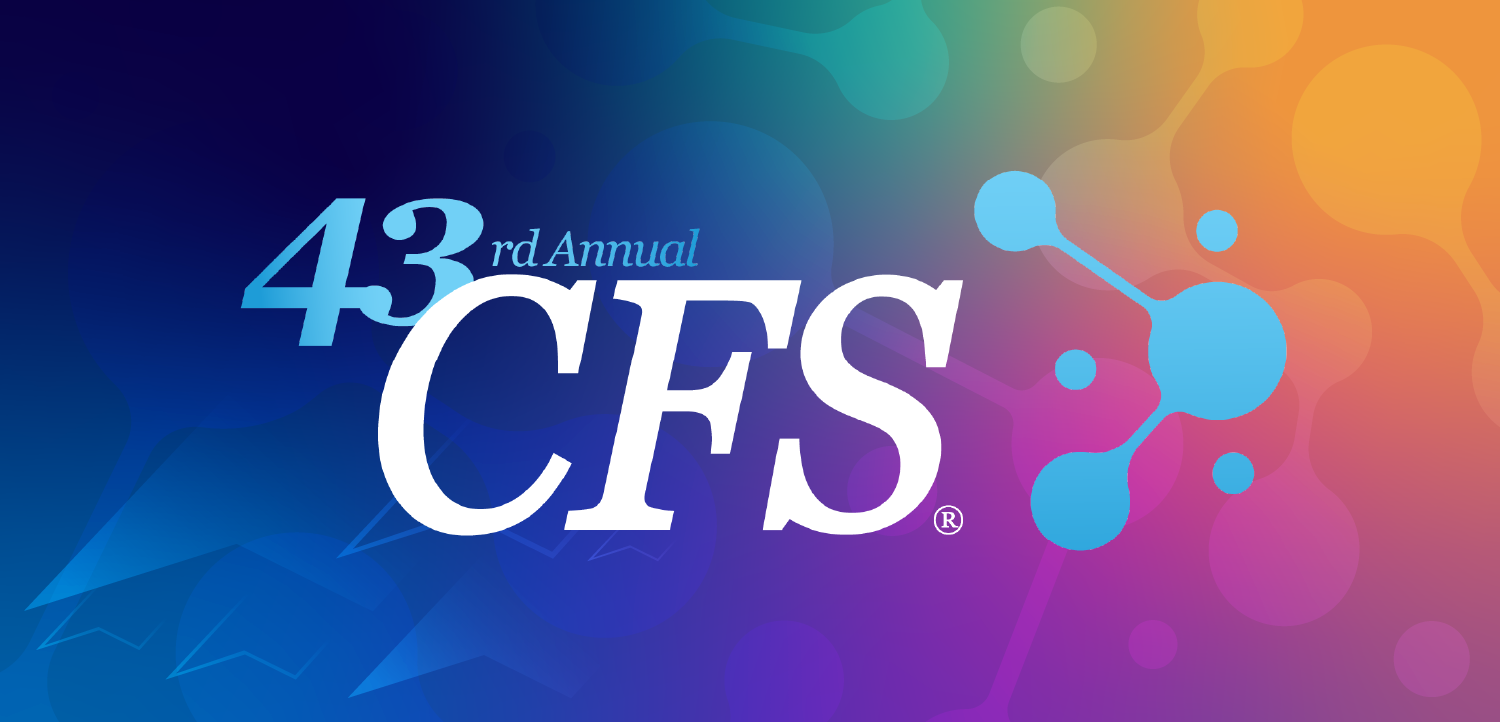
Ablation in AF Improves Exercise Capacity, QOL in Heart Failure Patients
The strategy of catheter ablation–based rhythm control in patients with long-standing persistent atrial fibrillation (AF) plus heart failure (HF) was found superior to pharmacologic rate control for improving cardiopulmonary exercise capacity, quality of life, and neurohormonal status in this small, randomized study.
The strategy of catheter ablation–based rhythm control in patients with long-standing persistent atrial fibrillation (AF) plus heart failure (HF) was found superior to pharmacologic rate control for improving cardiopulmonary exercise capacity (measured as peak VO2); quality of life (QOL); and neurohormonal status in a small, randomized study reported March 5 online in the Journal of the American College ofCardiology.
According to the authors of the
Senior investigator Dr Tom Wong of the Imperial College of London notes that AF is common in patients with HF; it is also particularly difficult to manage in HF patients; often they are resistant to drug therapy for maintenance of sinus rhythm.2 They also tend to be highly symptomatic, with diminished cardiac output related to loss of atrial contractility.2
The ARC-HF trial included 52 patients who had persistent AF for an average of 24 months. Patients were assigned randomly to 1 of 2 groups: 26 to receive catheter ablation and 26 to receive contemporary standard-of-care rate control therapy with beta-blockers and/or digoxin. At 12 months, 88% of the ablation patients were in normal sinus rhythm and 96% had achieved rate control. Peak VO2 increased 2.13 mL/kg per minute in the ablation group, but declined over time in the rate control group, with a 12-month intergroup difference of 3.07 mL/kg per minute. A significant reduction in baseline left atrial dilatation, documented at 6 months, was maintained at 12 months. There also was a nonsignificant trend toward improved left ventricular ejection fraction in the catheter ablation group.
This is the first randomized trial of ablation versus rate control to focus on objective exercise performance in AF and HF. As noted in the study abstract, development of the effects over 12 months is consistent with progressive amelioration of the HF syndrome.1
QOL, as measured by the Minnesota Living with Heart Failure Questionnaire, also improved among patients in the ablation group as did neurohormonal status as reflected by reductions in brain natriuretic peptide levels.
The ablation procedure is lengthy and difficult, averaging more than 5 hours, including 80 minutes of fluoroscopy and approximately 82 minutes of actual ablation.
Investigator Wong notes that while they are promising, results of the study will need to be confirmed by larger randomized trials. 2References:
1. Jones DG, Haldar SK, Hussain W, et al.
2. O’Riordan M.
An editorial accompanying the study can be read here:
O'Neill MD.
Newsletter
Enhance your clinical practice with the Patient Care newsletter, offering the latest evidence-based guidelines, diagnostic insights, and treatment strategies for primary care physicians.

